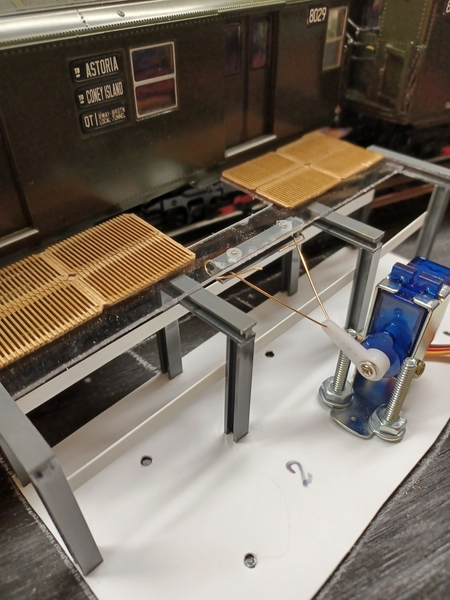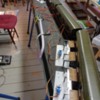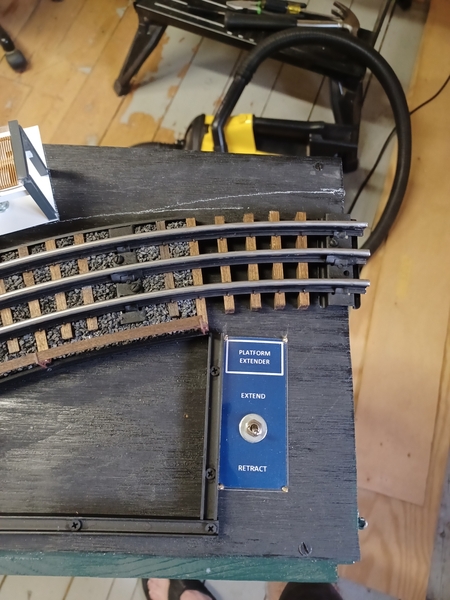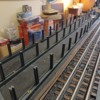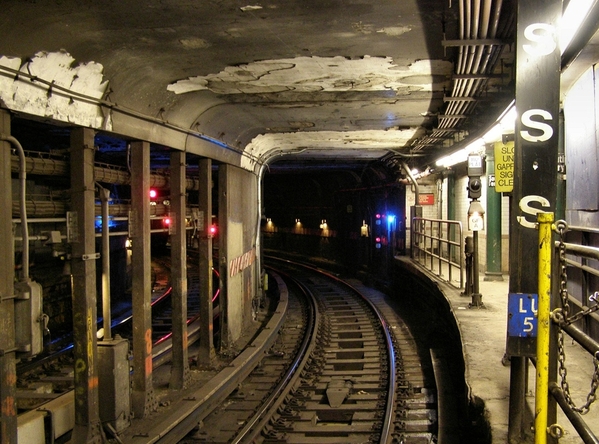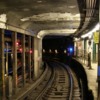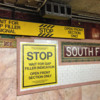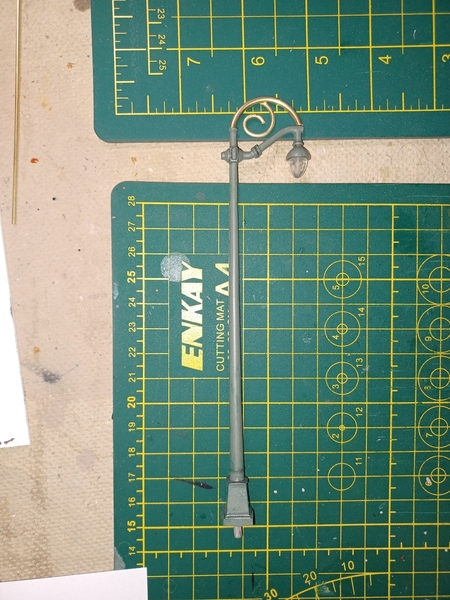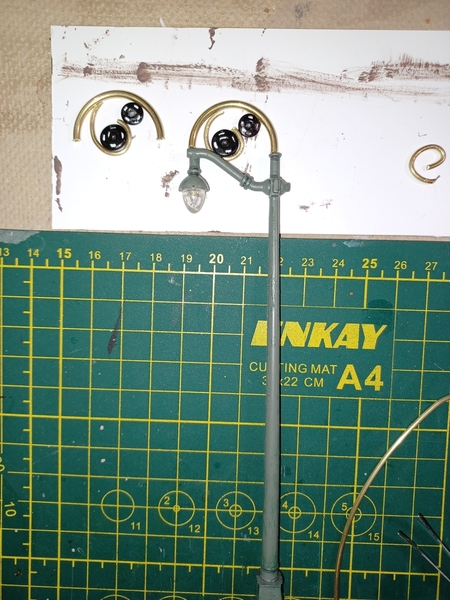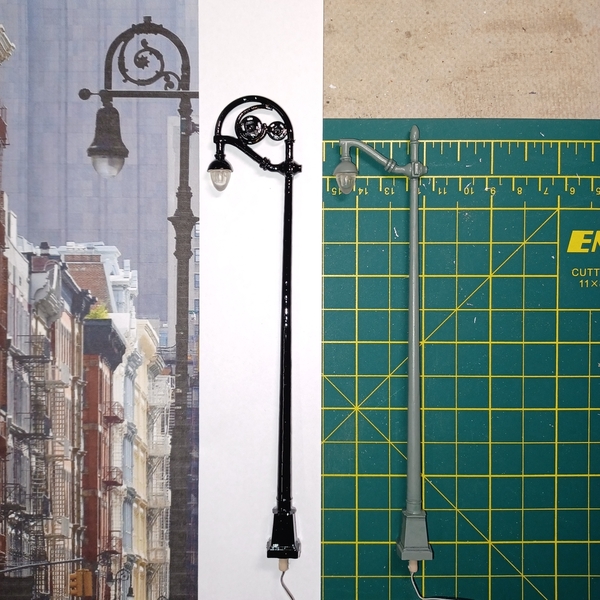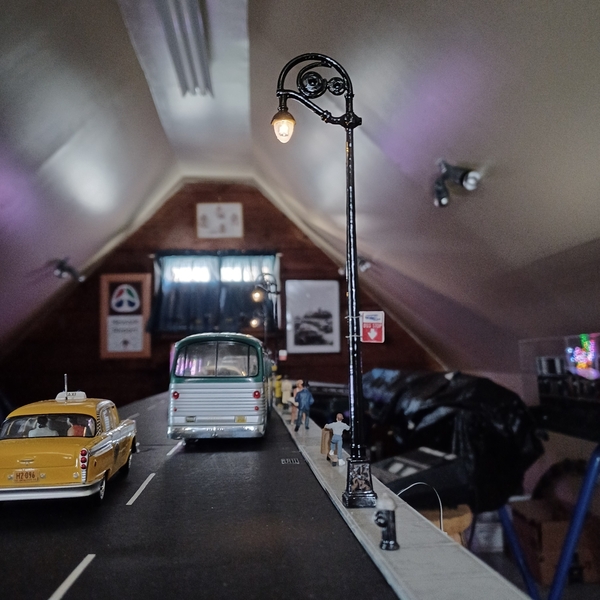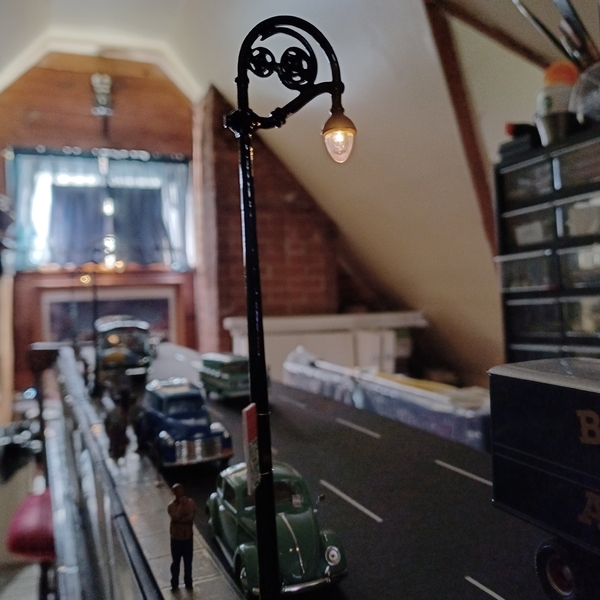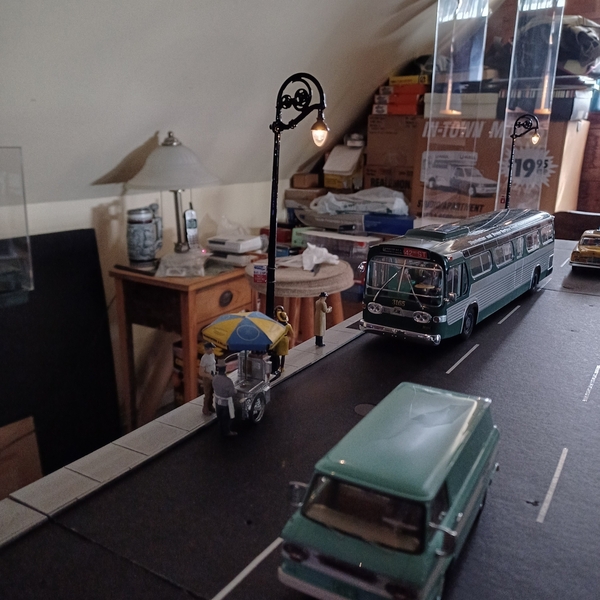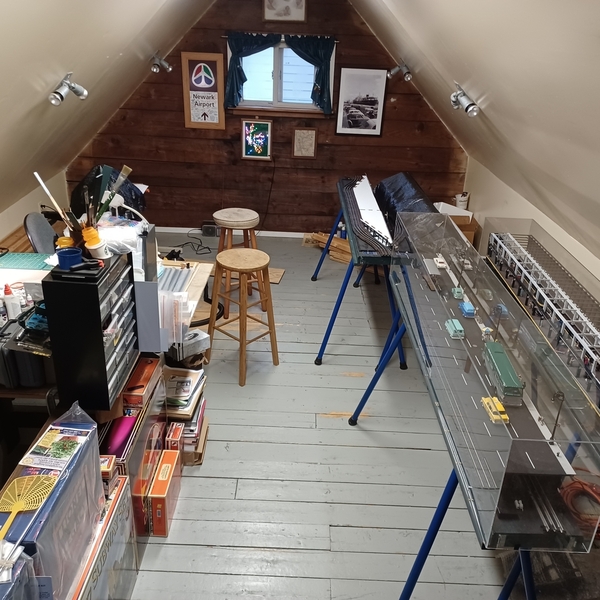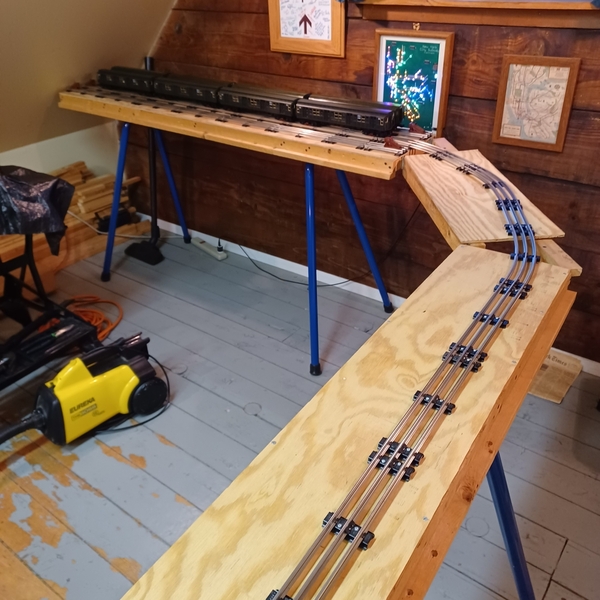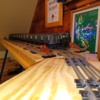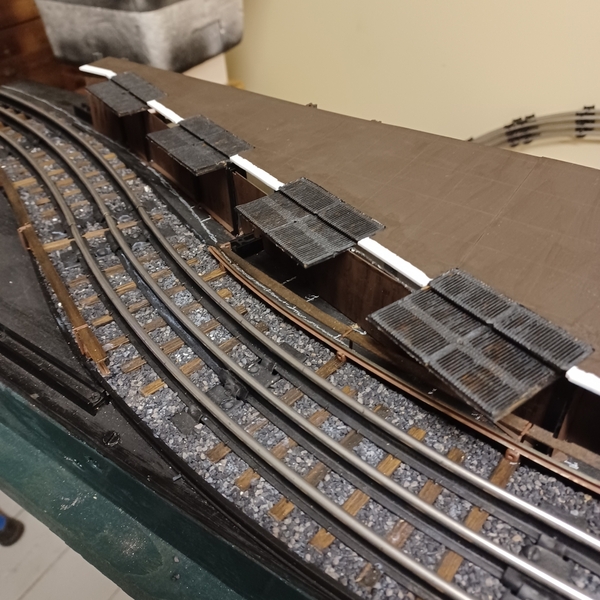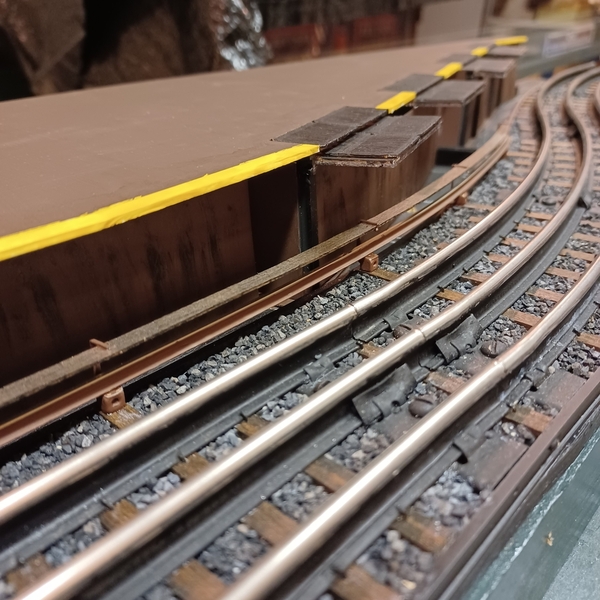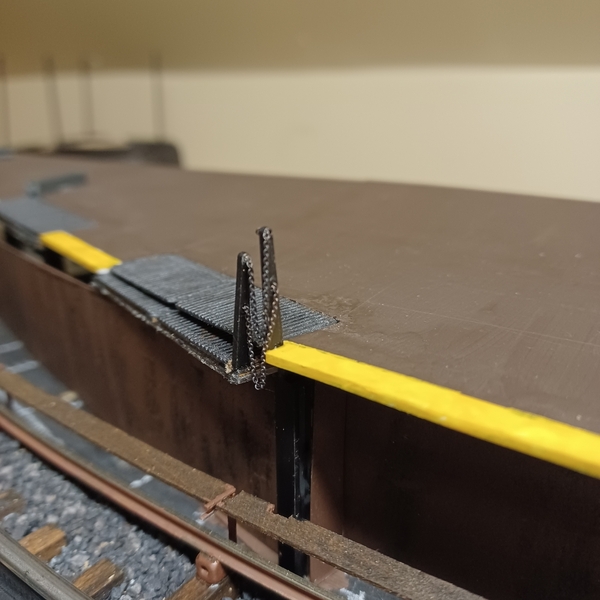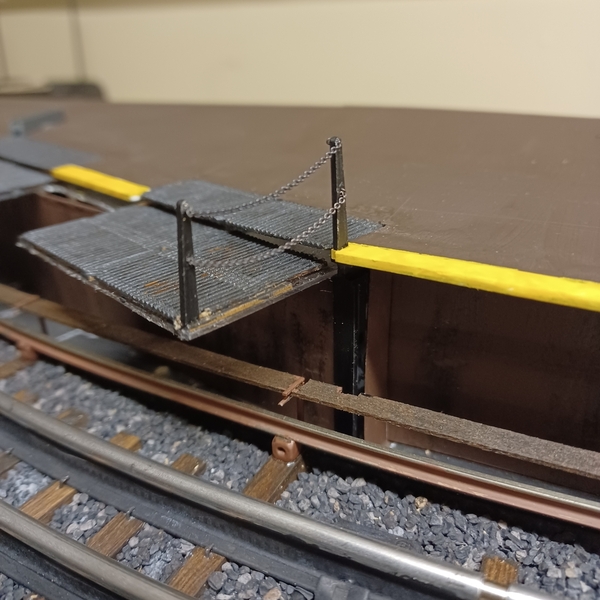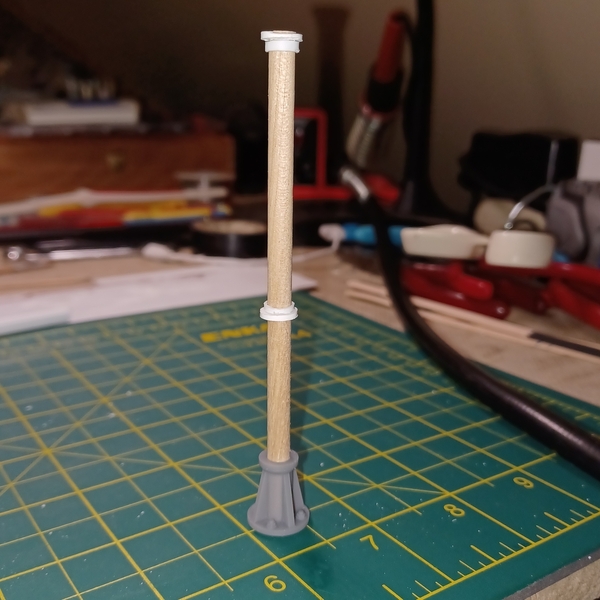@West Side Joe posted:Original subway stations were pretty short, and they were soon extended for longer trains. But in some cases the extensions had to be built on curves, and the cars were too far from the platform in those locations, so extenders were installed.
The extenders are retracted until the train comes to a stop in the station, then they extend to fill in the gap between the platform and the car doors. Once the doors close, the train waits for the extenders to retract, then it can leave the station.
Thanks very much Joe', for the explanation. I had no idea. Funny, my Dad was a motorman in the 40s... on the IRT and other lines too. I can just imagine what is reaction to the modern technology of the past few years..... You have a very interesting educational thread'.. 👍✔





